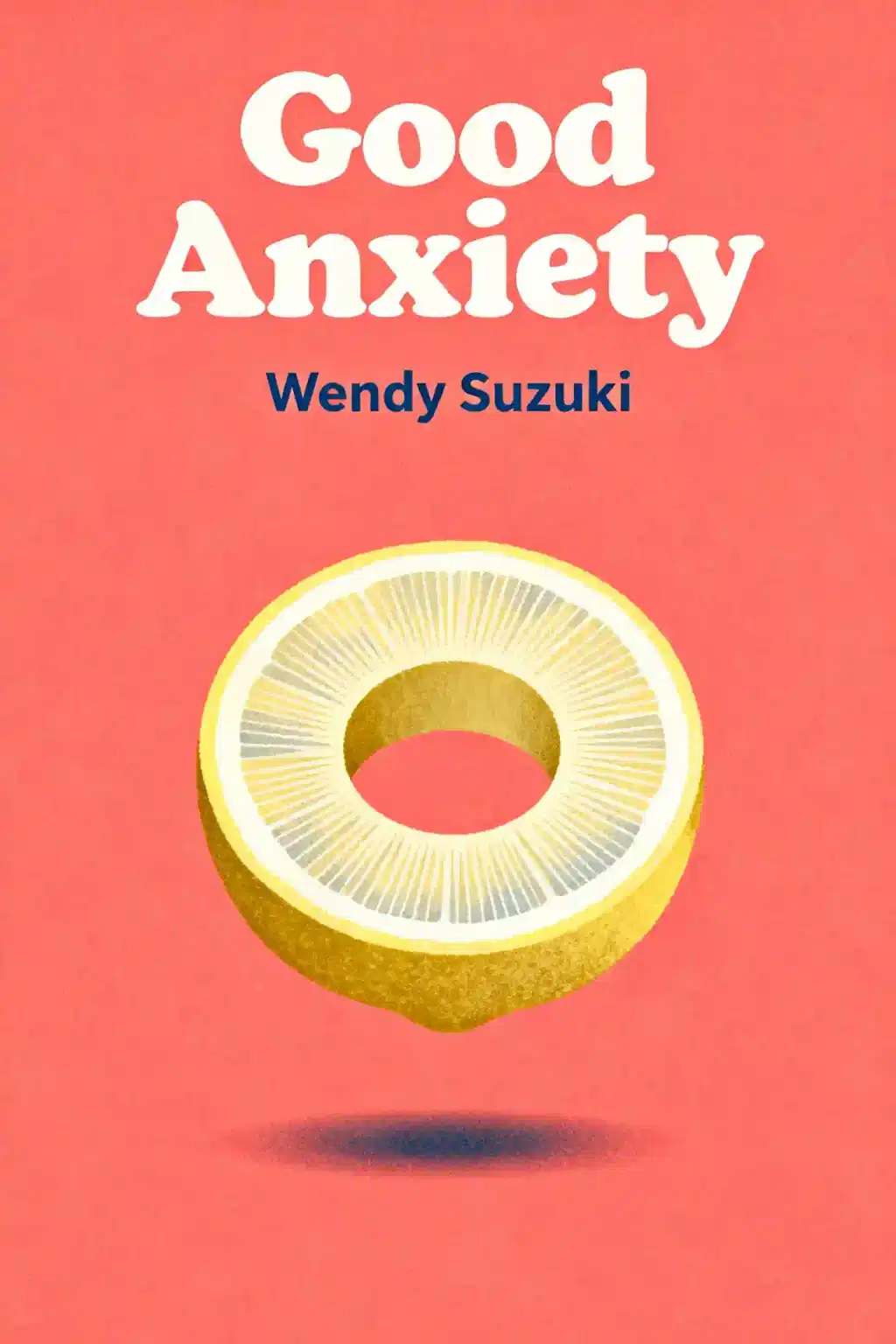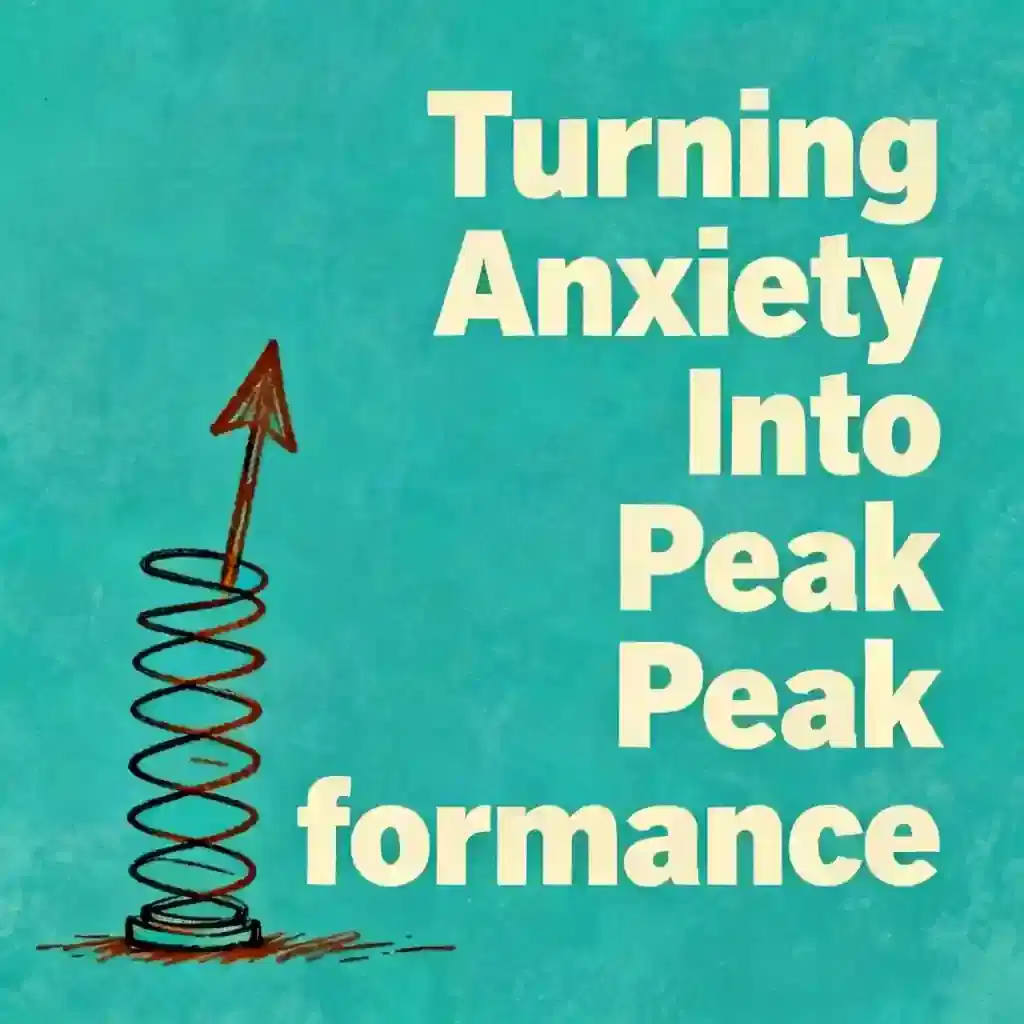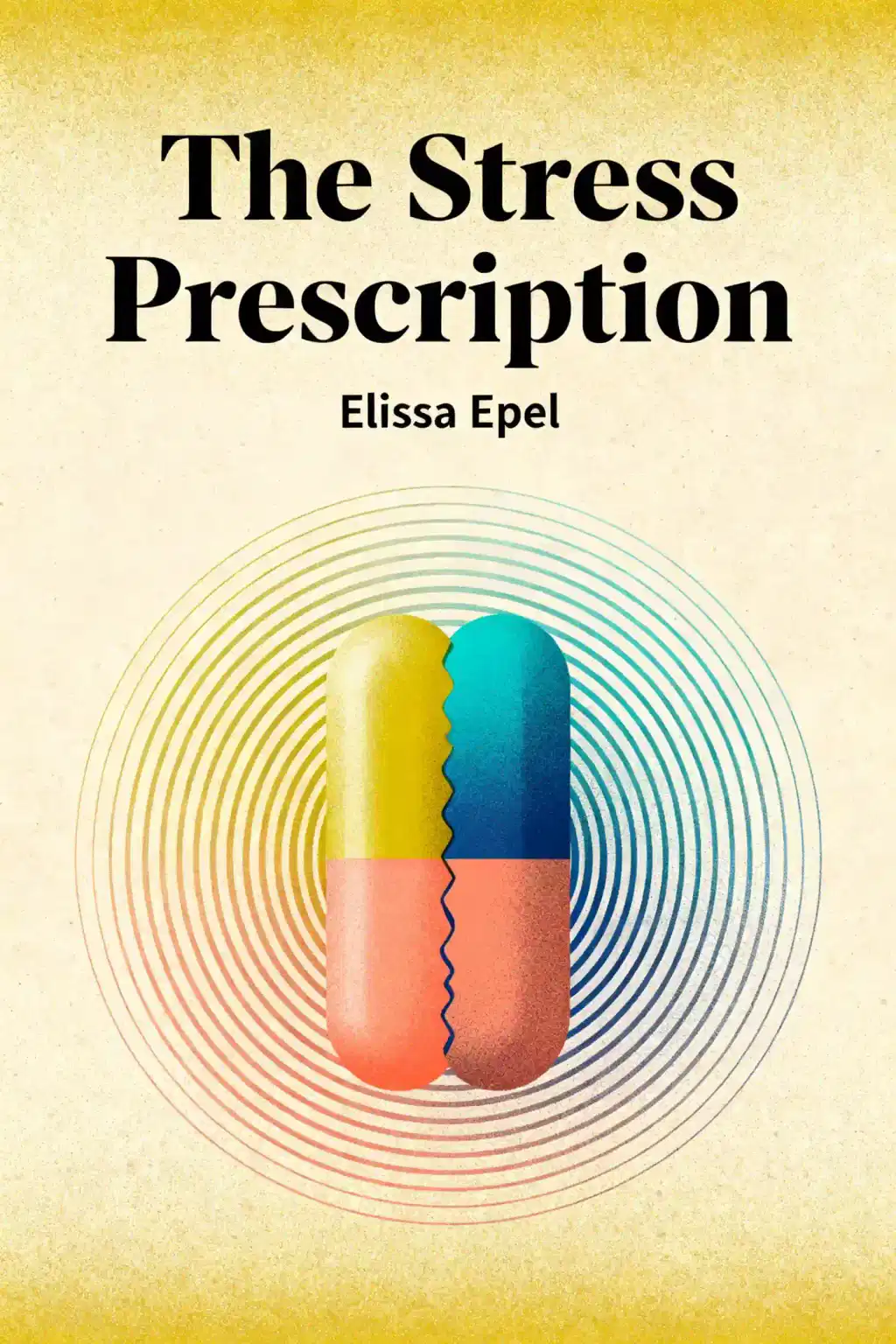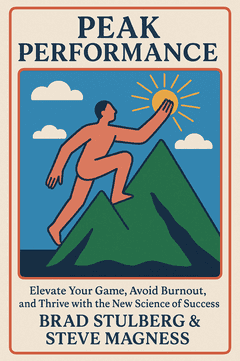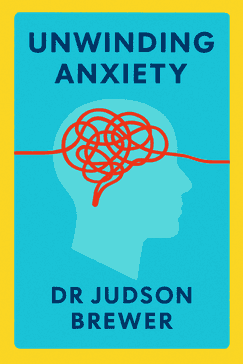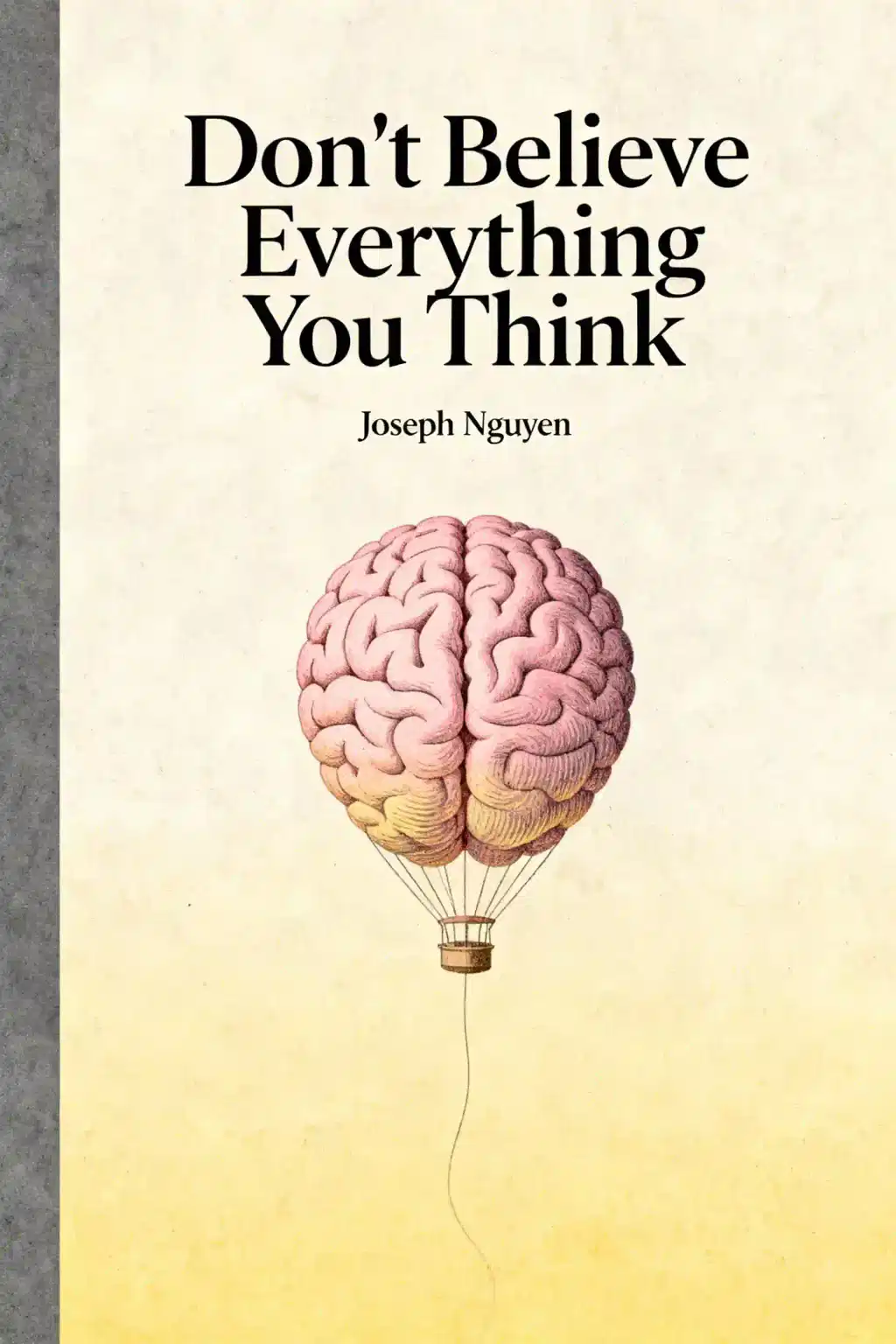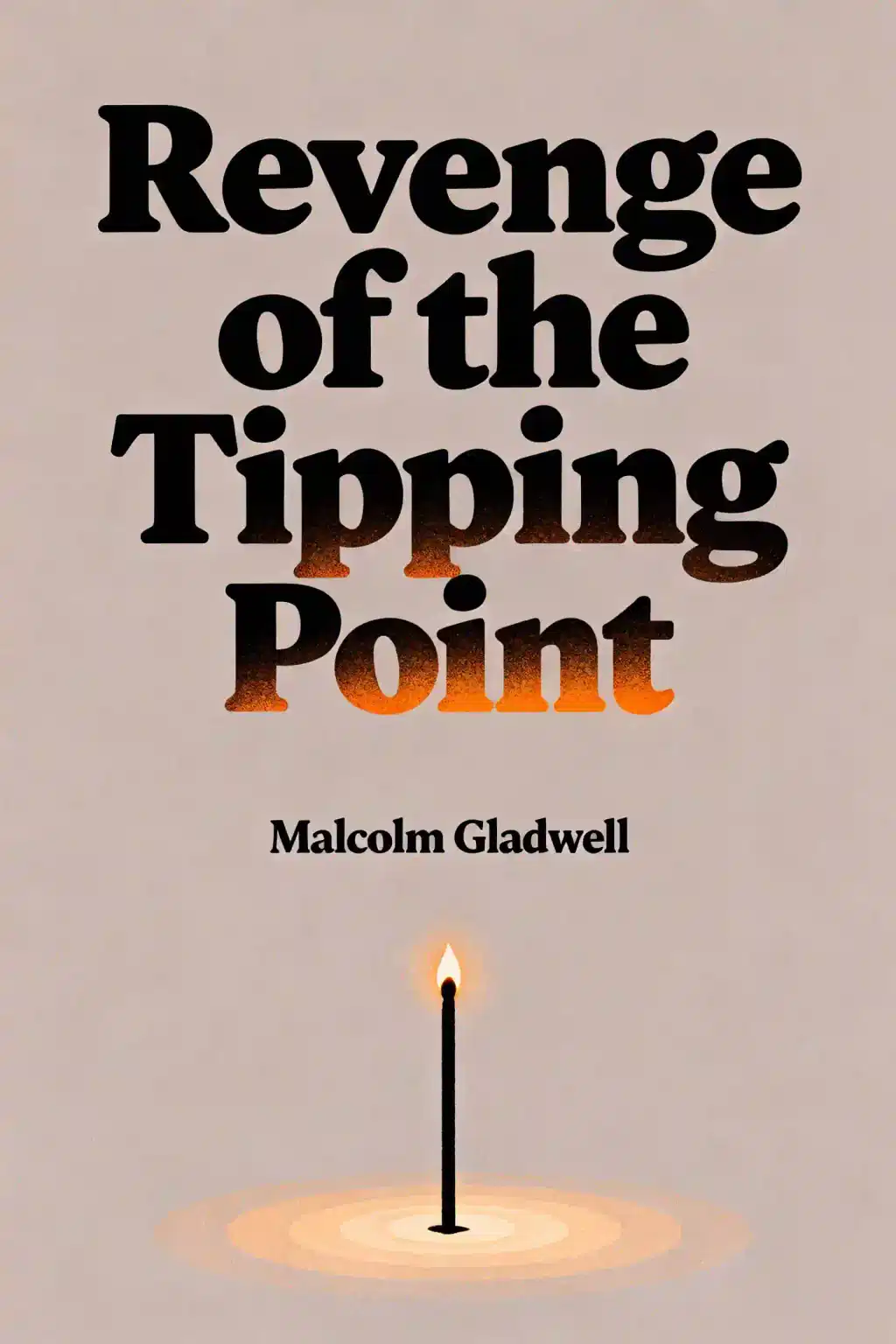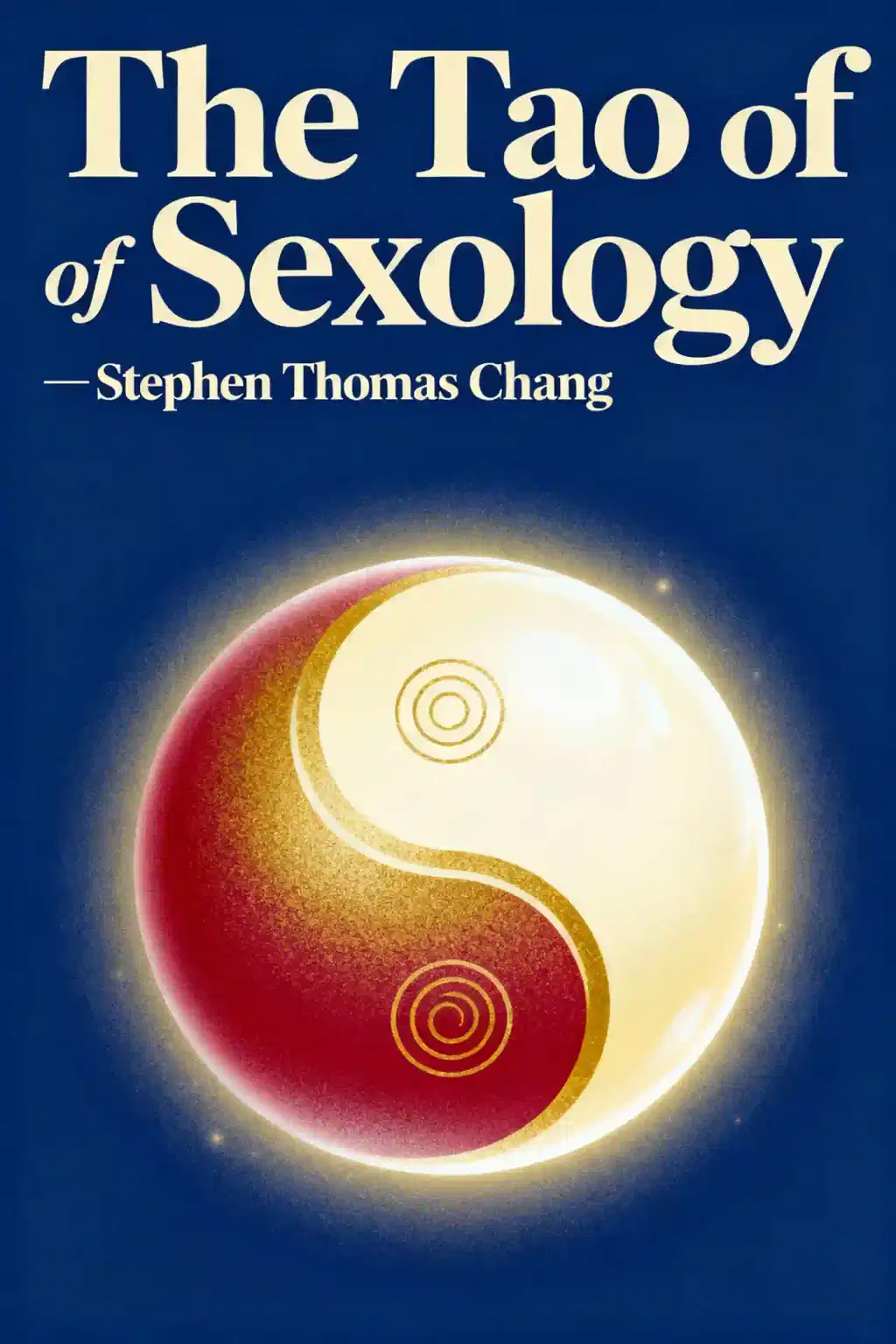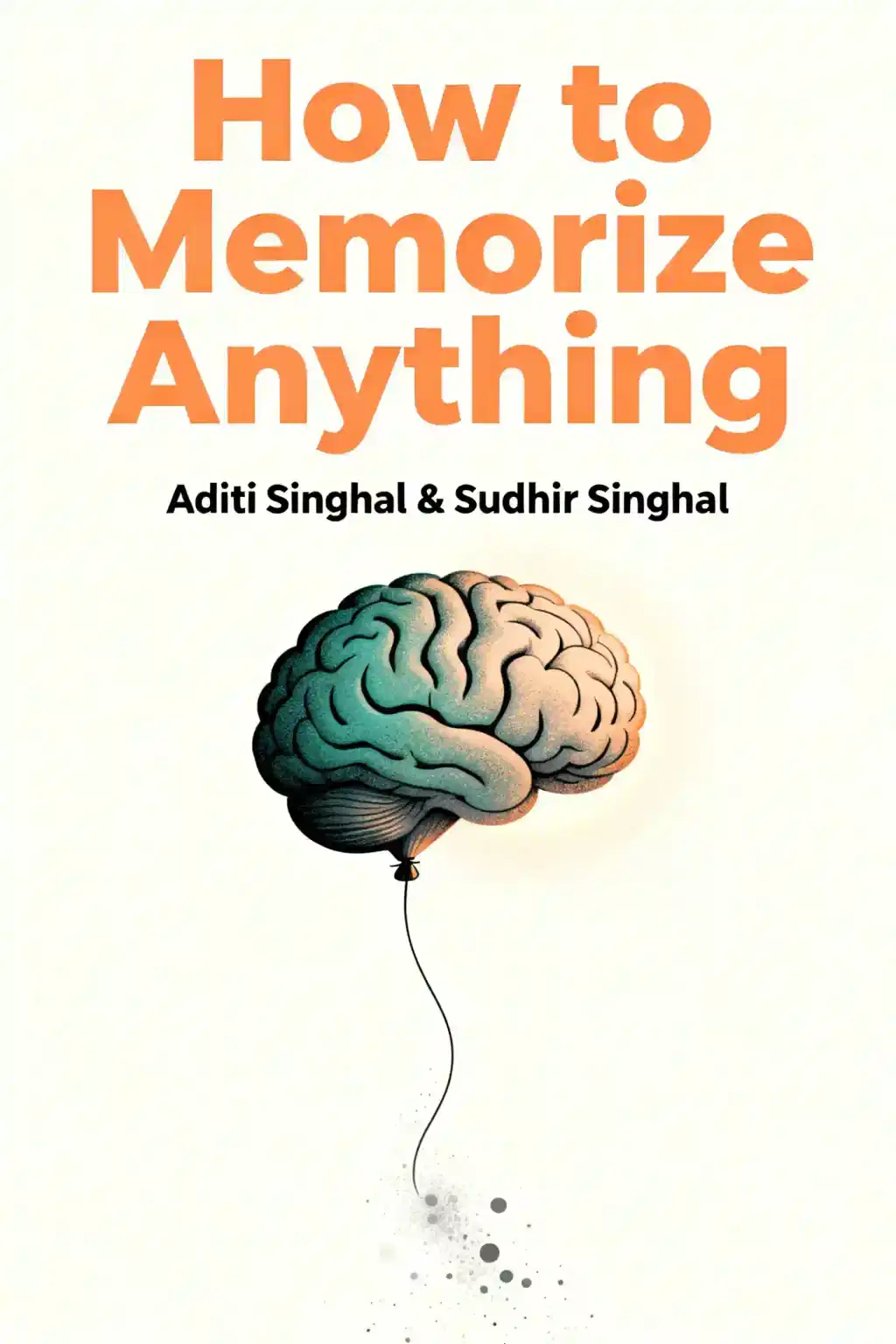
Anxious: Using the Brain to Understand and Treat Fear and Anxiety by Joseph Ledoux Summary
Overview of Anxious: Using the Brain to Understand and Treat Fear and Anxiety
Neuroscientist Joseph LeDoux revolutionizes anxiety treatment by revealing it's not an innate state but cognitively assembled. Praised by Wall Street Journal and Daniel Levitin, this game-changing work challenges conventional wisdom: Could reshaping psychotherapy based on brain science finally free millions from fear's grip?
Similar books to Anxious: Using the Brain to Understand and Treat Fear and Anxiety
Feel the book through the author's voice
Turn knowledge into engaging, example-rich insights
Capture key ideas in a flash for fast learning
Enjoy the book in a fun and engaging way
Quick Summary Mode - Read or listen to Anxious: Using the Brain to Understand and Treat Fear and Anxiety Summary in 9 Minutes
Break down key ideas from Anxious: Using the Brain to Understand and Treat Fear and Anxiety into bite-sized takeaways to understand how innovative teams create, collaborate, and grow.
Flash Card Mode - Top 10 Insights from Anxious: Using the Brain to Understand and Treat Fear and Anxiety in a Nutshell
Distill Anxious: Using the Brain to Understand and Treat Fear and Anxiety into rapid-fire memory cues that highlight Pixar’s principles of candor, teamwork, and creative resilience.

Fun Mode - Anxious: Using the Brain to Understand and Treat Fear and Anxiety Lessons Told Through 26-Min Stories
Experience Anxious: Using the Brain to Understand and Treat Fear and Anxiety through vivid storytelling that turns Pixar’s innovation lessons into moments you’ll remember and apply.
Personalize Mode - Read or listen to Anxious: Using the Brain to Understand and Treat Fear and Anxiety Summary in 0 Minutes
Ask anything, pick the voice, and co-create insights that truly resonate with you.

From Columbia University alumni built in San Francisco

Get the Anxious: Using the Brain to Understand and Treat Fear and Anxiety summary as a free PDF or EPUB. Print it or read offline anytime.








